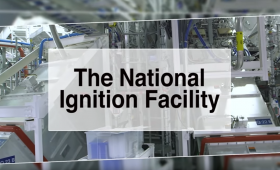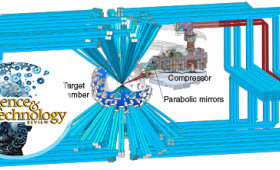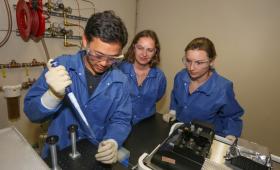For the first time, researchers have developed a way to determine how many cancer cells it takes to initiate a tumor in another part of the body.
Science and Technology Highlights

A team of theorists from Livermore has solved a long-standing puzzle in the nucleation of a high-pressure phase of ice known as ice VII.

Take a peek inside the National Ignition Facility, the world’s largest and most energetic laser, to see how we develop and execute some of the most complex experiments conducted anywhere.

LLNL has received two significant awards that will help advance the next stage of developing fiber-optic cable technology.

Livermore simulations are helping scientists understand and prevent traumatic brain injury (TBI).

Scientists have for the first time captured 3D images of microscopic cracks in metal caused by exposure to hydrogen, also known as hydrogen embrittlement.

The Advanced Radiographic Capability is the most energetic short-pulse laser in the world.

Researchers are exploring machine learning to process the data obtained during 3D builds.

Two new experimental techniques are shedding new light on the effects of hydrodynamic instabilities in NIF inertial confinement fusion implosions.


